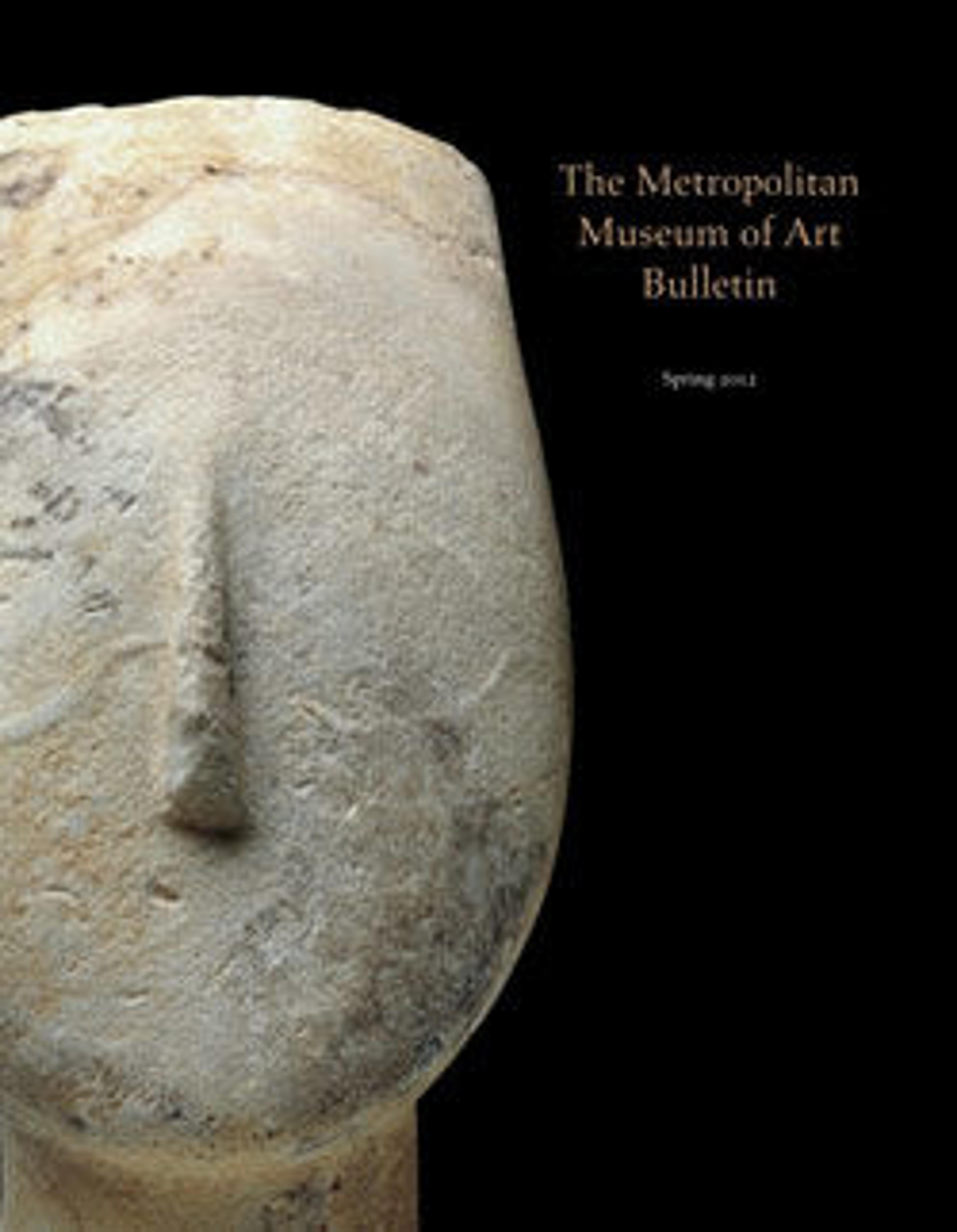Bronze bull
The Minoans often deposited small objects of clay, stone, and metal—such as this bronze bull statuette—in sacred places, most notably caves and mountain-peak sanctuaries, as votive dedications to a deity. The practice—a feature of both ancient and modern religions—was based on the belief that one could communicate with the divine through symbolic gifts, either in the hope that the god or goddess would grant a request or as thanks for a favorable outcome.
The bull may have served as a substitute for an actual animal sacrifice.
The bull may have served as a substitute for an actual animal sacrifice.
Artwork Details
- Title: Bronze bull
- Period: Late Minoan III
- Date: ca. 1400–1200 BCE or later
- Culture: Minoan
- Medium: Bronze
- Dimensions: Overall: 2 3/16 x 2 5/16 in. (5.5 x 5.9 cm)
- Classification: Bronzes
- Credit Line: Bequest of Richard B. Seager, 1926
- Object Number: 26.31.492
- Curatorial Department: Greek and Roman Art
More Artwork
Research Resources
The Met provides unparalleled resources for research and welcomes an international community of students and scholars. The Met's Open Access API is where creators and researchers can connect to the The Met collection. Open Access data and public domain images are available for unrestricted commercial and noncommercial use without permission or fee.
To request images under copyright and other restrictions, please use this Image Request form.
Feedback
We continue to research and examine historical and cultural context for objects in The Met collection. If you have comments or questions about this object record, please complete and submit this form. The Museum looks forward to receiving your comments.
